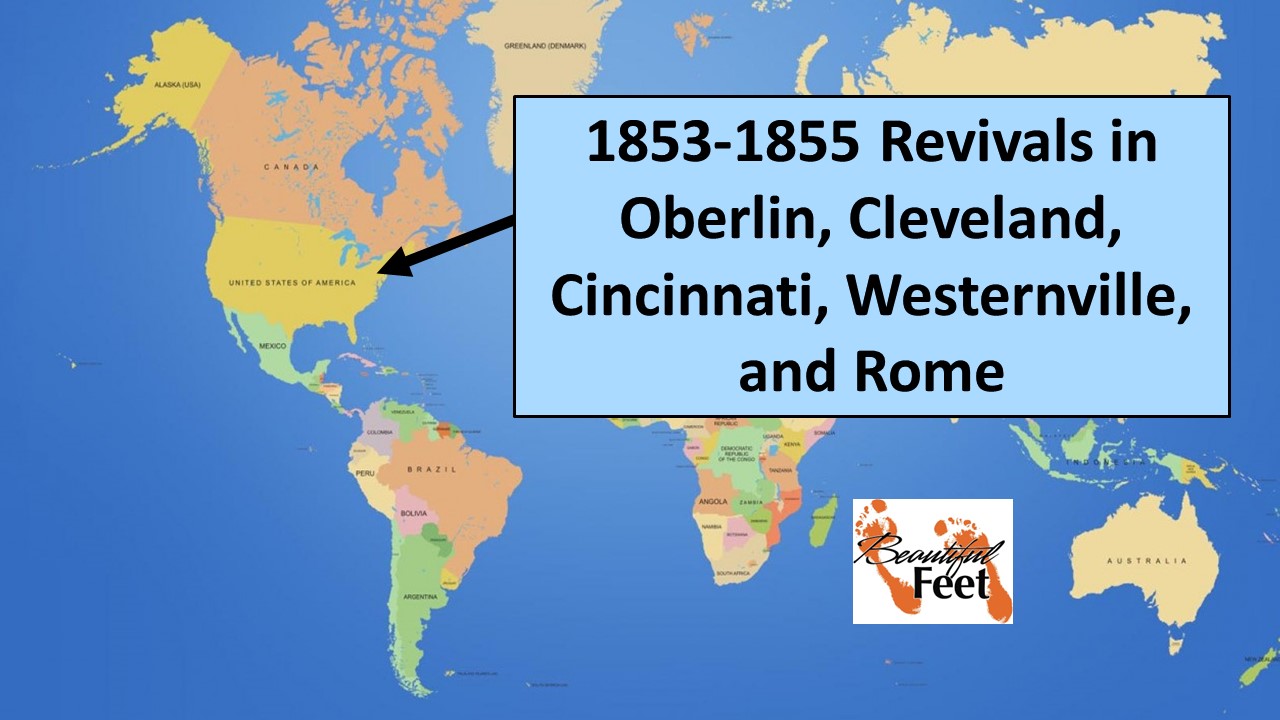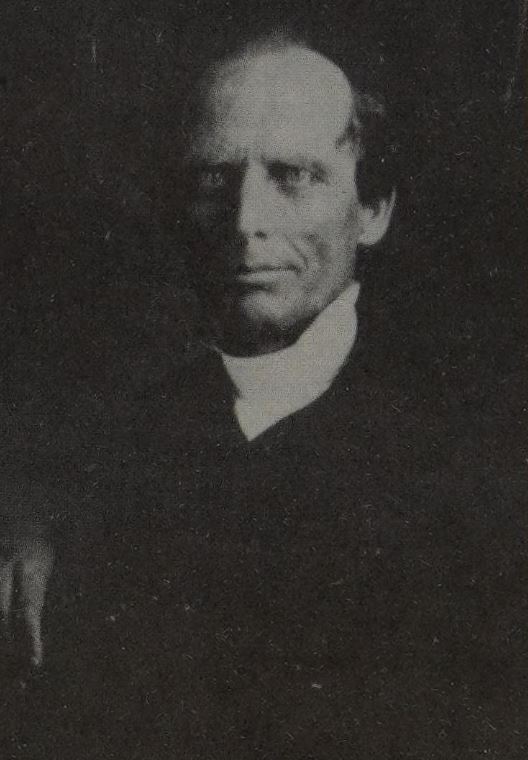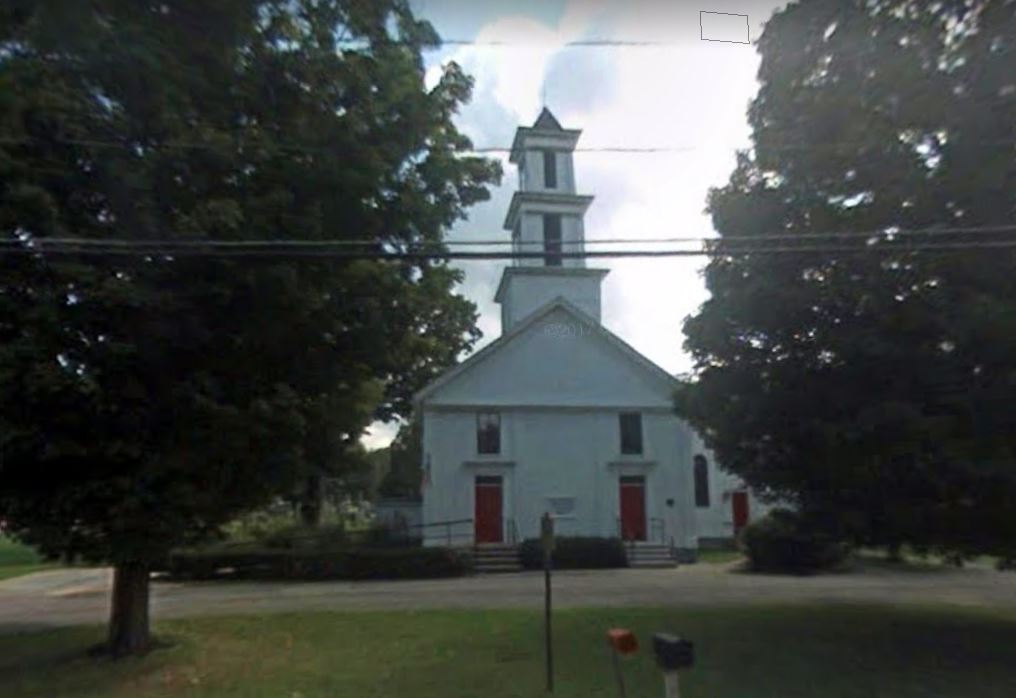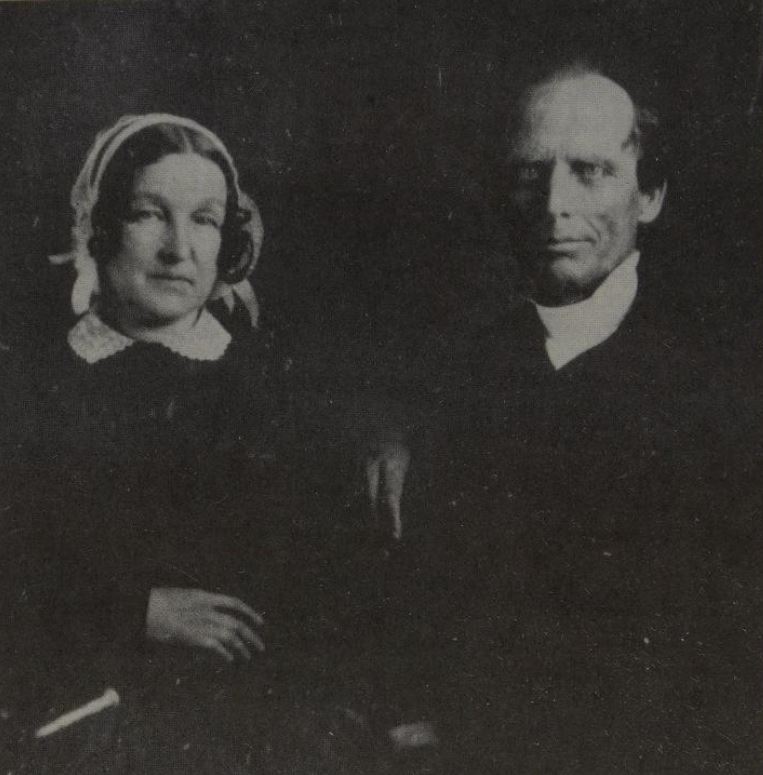


Charles Grandison Finney – Father of modern revivalism and the leading figure of the Second Great Awakening
Introduction
Charles G. Finney’s (1792-1875) unique methods of evangelism earned him the title of the “father of modern revivalism.” His methods paved the way for other mass-evangelists, like Dwight L. Moody, John W. Chapman, Billy Sunday, and Billy Graham, who adapted and built upon Finney’s methods.
Background Information
With this revival account being one in a sequence of revivals during the life of Charles G. Finney, we recommend reading them in chronological order:
► 1824 Evans Mills German Settlement Revival
► 1824 Antwerp, New York Revival
► 1824 Revival at Perch River and Other Locations
► 1825 Revival in Gouverneur, New York
► 1825 Revival in De Kalb, New York
► 1825 Revival in Western, New York
► 1825 Revival in Rome, New York
► 1826 Revival in Utica, New York
► 1826 Revival in Auburn, New York
► 1826-1827 Revival in Troy, New York
► 1827 New Lebanon & Stephentown Revivals
► 1827-1829 Revival at Wilmington and Philadelphia
► 1829 Reading, Pennsylvania Revival
► 1829 Lancaster, Pennsylvania Revival
► 1829 Columbia, New York Revival
► 1830 New York City Revival
► 1830-1831 Rochester, New York Revival
► 1831 Revivals in Auburn, Buffalo, Providence & Boston
► 1832 New York City Revival
► 1835-1840 Revivals in Oberlin, Ohio
► 1841-1842 Boston & Providence Revivals
► 1842 Rochester Revival
► 1842-1843 Revivals in Oberlin, New York, and Boston
► 1849 Revivals in Houghton, Birmingham, and Worcester
► 1850-1851 London, England Revival
► 1851-1853 Revivals in Oberlin, New York City, Hartford, & Syracuse
Oberlin Revival
Charles Finney had recently concluded his ministry in Syracuse, New York, and arrived back at his home in Oberlin, Ohio, around April 10, 1853.
Upon his return to Oberlin, where he was 1) pastor of the First Congregational Church of Oberlin, 2) the professor of theology at Oberlin College, and 3) the president of Oberlin College, there were the usual accompanying results of his ministry, as noted in the July 6, 1853 edition of The Oberlin Evangelist:
For the past three weeks there have been precious tokens of the Divine presence, an unusual number of youth have been solemnly impressed with divine truth and considerable number having given evidence of being savingly converted from their sins.
A visitor in Oberlin wrote on Sunday, June 26, 1853
As usual, Oberlin is enjoying a revival, though without the use of any special services. Two months since about forty united on profession of their faith, and yesterday as many more stood up and entered into covenant with Jehovah.
Extraordinary prayer was in place at this time, with a daily prayer meeting, as well as up to 30 “neighborhood prayer-meetings” being held on special occasions.
This Oberlin revival continued through the summer and fall of 1854, affecting mostly the students at the college.
Revival in Cleveland and Cincinnati
In November and December of 1853 Finney held meetings in Cleveland, Ohio, followed by another series of meetings that began in Cincinnati, Ohio, on January 4, 1854, and continued till the middle of March, with him arriving back in Oberlin on March 24, 1854.

Westernville Presbyterian Church
From Oberlin to Westernville, New York
The Finneys left Oberlin in November 1854, arriving in Westernville, New York, (within the town of Western, New York) on the 13th of that month. They spent several weeks there “in very interesting labor, and with very marked and interesting results.”
Spiritual Condition of Westernville
There was a state of depression resting on the town of Westernville prior to Finney’s arrival. The congregation numbered close to 100, but there were not even 6 out of that number that would make themselves available for any type of ministry. Finney only found 4 men who frequently joined for prayer, and his wife Elizabeth only found 2 women. Commenting on this spiritual condition, Finney said:
The state of things has been about as bad as possible, but is changing fast for the better.
Finney’s First Revival in Westernville
About 30 years earlier Finney had conducted his first revival in Westernville (1825 Western, New York Revival). Another generation had now risen, not having knowledge of the previous revival. And like that first revival, when the people of Rome, New York, heard about the outpouring of the Holy Spirit, and that “conversions were occurring very frequently,” “they came up in considerable numbers to attend our meetings.”
 From Westernville to Rome
From Westernville to Rome
It was the middle of November when Finney began ministering in Westernville, and after significant success there, he went to Rome the second week of February, continuing there till the 1st of April, 1855.

Charles Finney and Elizabeth, his second of three wives. His wives accompanied him on his ministry trips. Elizabeth also ministered to various mission organizations and women’s groups.
Extraordinary Prayer Stimulated
The minister at Rome, William Eaton Knox, said that Finney’s arrival in the region had renewed expectation, along with “rekindling a spirit of prayer in our meetings.”
As in Westernville, on Rome also the Holy Spirit was poured out, and according to Knox, the conversions of young people could be “safely rated at seventy.”
Stories of Conversion
There were so many interesting accounts of people being converted to Christ that if the stories were to be written it would fill many books. Finney did not personally publish conversion numbers. If records were kept and published, it was done so by churches, local newspapers, and other religious periodicals.
Results of the Revival in Rome
There was a disappointing divisiveness resting on the congregation at Rome over which form of church government they would follow (Congregational or Presbyterian). Even so, there was great benefit derived from Finney’s ministry there, as was noted by Knox after Finney’s departure:
The effect of his labors has been happy on the church, a large number of whom have been much quickened in their religious experience, and stirred up to new zeal in the service of God.
At times during our meetings, a powerful impression of the truth appeared to rest upon the community at large. The result of Mr. Finney’s visit has, on the whole, been a hopeful and happy one.
Divisiveness Hindered the Revival’s Efforts and Longevity
Having arrived in Rome on Saturday, February 10, 1855, Finney remained there 7 weeks. He would have stayed longer, but the undercurrent of divisiveness was blocking the revival’s ability to take firm root. In spite of his efforts, reconciliation among the church members was not reached, so he preached his last sermon on April 1 and returned to Oberlin.
Primary Sources
► Chapter XXXII: The Memoirs of Charles G. Finney by Charles G. Finney
► The Memoirs of Charles G. Finney: The Complete Restored Text by Charles G. Finney
Secondary Sources
► Charles G. Finney by Wikipedia
► Charles Grandison Finney & the Second Phase of the Second Great Awakening by Christian History Institute
► Charles G. Finney and the Spirit of American Evangelicalism by Charles E. Hambrick-Stowe
► Great Revivals and the Great Republic by Warren Candler
► Man of Like Passions: The Life Story of Charles Grandison Finney by Richard E. Day
► Memoirs of Revivals of Religion by Charles G. Finney
► The Story of Oberlin by Delavan L. Leonard
Return to List of Revival Stories
Chet & Phyllis Swearingen:
Office: (260) 920-8248
romans1015@outlook.com
Beautiful Feet
P.O. Box 915
Auburn, IN 46706

